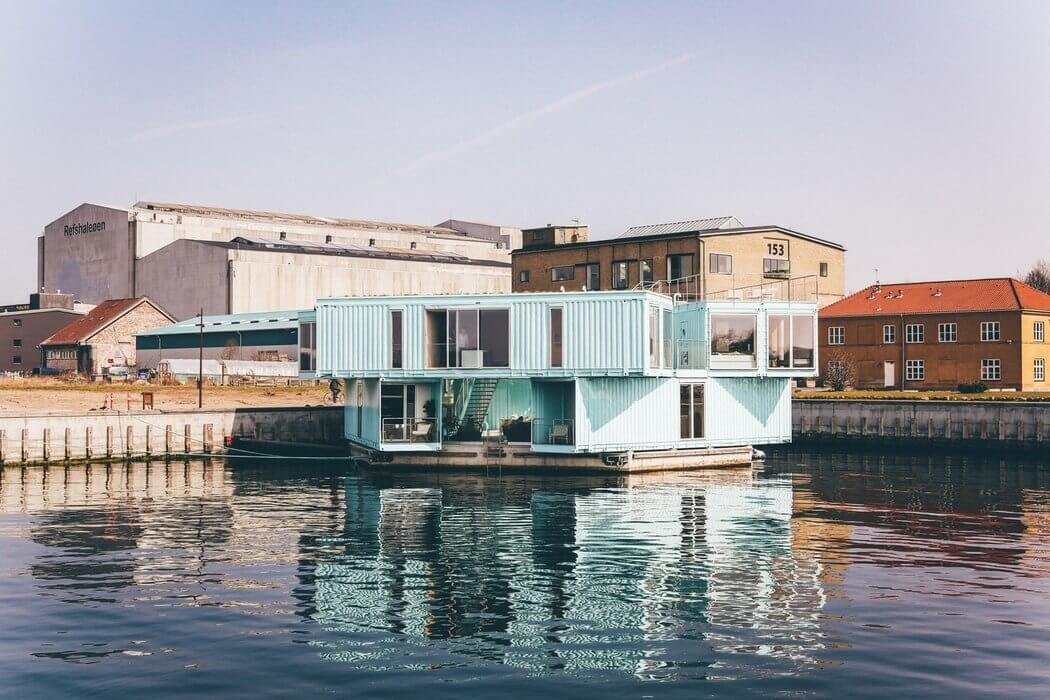How To Choose The Right Outdoor TV
If you live in an area where you are outside more than you are inside, having an outdoor TV makes sense. You might have a nice patio, with an outdoor kitchen. Perhaps you have a pergola with a fireplace area or an outdoor pool with a large attached covered porch. These will all be ideal places to also have an outdoor tv to watch the Super Bowl, a big Wrestle Mania fight, or even have a movie night. You cannot, however, just take any television and decide that it's an outdoor TV.
Outdoor televisions are specifically designed to combat the elements, bugs, and temperature extremes. They are sealed, from the inside out. Any “exposed” accessories, such as a modem/router or dvd player, are typically kept inside and are connected with wires to the outside.
These features are not included on traditional televisions and would most definitely not be covered by a warranty if it were used outdoors; they just are not meant to be in outdoor conditions.
Here are some things to look for in an outdoor TV:
1. Temperature Ranges
Outdoor televisions are engineered to be in extreme temperatures, where indoor televisions are best suited for climate-controlled areas. Look for a television that has a multi-fan airflow system that will keep the internal components cool, even when outdoor temperatures rise over 100 degrees..
Also look for a tv that has internal heaters that won’t get damaged when temperatures drop into the negative digits.
2. Safety Standards
Indoor televisions are not designed to have water poured over them. I think most of us know this. The internal electronics can get damaged and the TV can short out. Outdoor TVs, however, are sealed so that water cannot penetrate any part of the interior. They are typically powder-coated and have a rust-proof aluminum exterior. All of the connector cables are kept in a waterproof box, so that those attached components don’t get ruined either.
If you are looking for an outdoor TV, look for an all-weather television that can be permanently installed outside. Also, be sure that all the power cords are rated for outdoor use; these are specially designed to combat the elements, as well.
3. Brighter Picture
Since outdoor TV’s are in competition with sunlight, the picture is typically twice as bright as an indoor television. Make sure that the outdoor television you are looking to purchase has a “nit,” or brightness, measurement of at least 600.
4. Deciding Where to Mount Your Television
Even when you have a television that is intended for outdoor use, some televisions are designed to be kept in shaded locations, where others are geared towards being mounted in a full-sun location. Make sure you know where you want to mount your television and get the right TV for the chosen spot. If you are not sure at the time of purchase, choosing one that can be mounted is usually a good choice.
Also make sure that you get an outdoor rated mount. Traditional television mounts are not rust-proof. While you are looking, it may be wise to get a full-range mount, rather than a fixed-mount. Depending on the time of day, and the time of year, that you are watching TV outside, you may find that you need to tilt and turn your television if the sun is aiming in a poor direction.
5. Sound Bars
Most outdoor televisions have a removable external speaker bar. Since all of the television components, themselves, are sealed to be waterproof, the speaker bar is designed in a way that it can be placed in a location that is optimal for your audience. The sounds of these speaker bars are often louder and clearer than a traditional television set.
Outdoor televisions can be a great addition to your patio or deck. Be sure to get a TV that is outdoor rated, so that it will last for several years of enjoyment.
cover photo: Max Pixel






